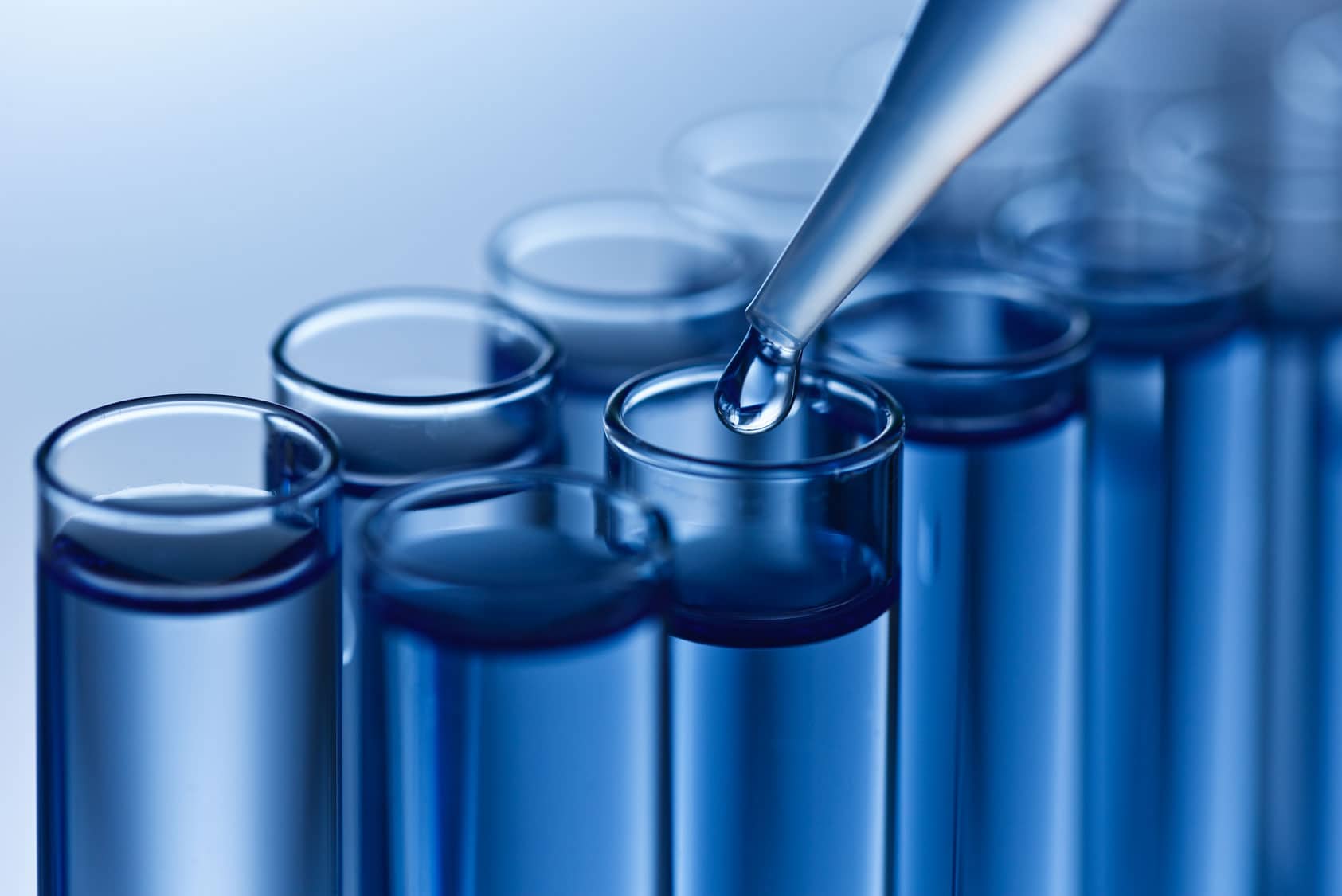What are the most common contaminants found in well water?
There are many potential contaminants that can be found in well water, and the specific contaminants present can vary depending on the location of the well, the geology of the area, and other factors. Some of the most common contaminants found in well water include:
Bacteria
Bacterial contamination can occur when bacteria from the soil or surface water enter the well. This can be a health concern, as certain types of bacteria can cause illness.
Nitrates
Nitrates are a common contaminant in well water and can come from a variety of sources, including agricultural runoff, septic systems, and sewage. High levels of nitrates in drinking water can be harmful to infants and pregnant women.
Arsenic
Arsenic is a naturally occurring element that can be found in well water. It is toxic in high concentrations and can cause a variety of health problems.
Lead
Lead can leach into well water from pipes, solder, and other sources. It is toxic and can cause serious health problems, particularly in children.
Pesticides
Pesticides used in agriculture and other industries can contaminate well water if they are applied near the well or if they enter the well through the soil.
Radon
Radon is a radioactive gas that can be found in well water. It is a known carcinogen and can cause lung cancer if inhaled.
It's important to regularly test your well water to ensure that it is safe to drink and that it meets all applicable water quality standards.
